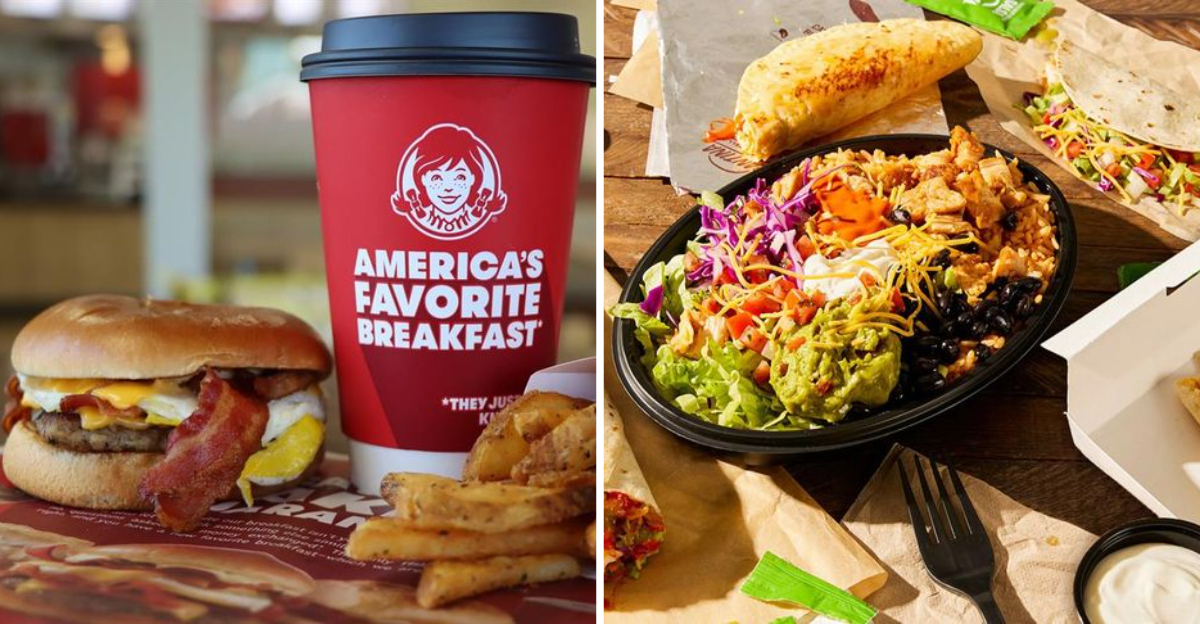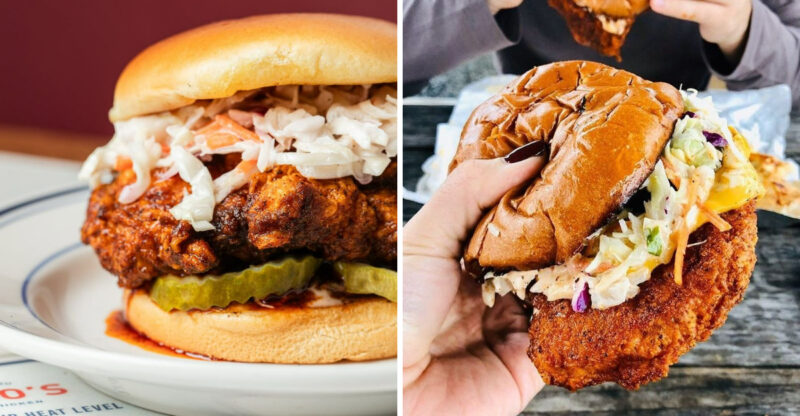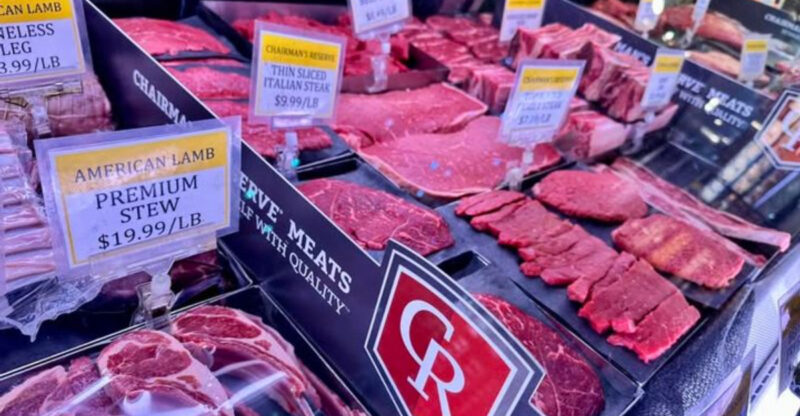Where Ohio Ranks For Fast Food Options Across The U.S.

Fast food restaurants dot the American landscape, serving millions of hungry customers every single day. Ohio, a state known for its mix of urban centers and small-town charm, holds a unique position in the national fast food scene.
Understanding where the Buckeye State ranks reveals fascinating insights about food culture, business competition, and consumer habits across the country.
1. The Survey: Methodology & Metrics
Researchers analyzed data from multiple sources to determine how many fast food locations operate in each state. The study counted individual restaurant locations rather than just brand presence, giving an accurate picture of accessibility.
Population density, highway access, and economic factors were all considered. This comprehensive approach helps readers understand the real availability of quick dining options across different regions.
2. Ohio’s Rank Among U.S. States
Ohio secured a position in the top five in the national rankings for fast food availability. The state doesn’t lead the pack, but it certainly offers plenty of choices for residents craving quick meals.
With its combination of major cities like Columbus, Cleveland, and Cincinnati, plus numerous smaller communities, Ohio maintains steady demand. This balanced distribution keeps the state competitive without oversaturating the market completely.
3. States With More Fast Food Options Than Ohio
California, Texas, and Florida top the charts with significantly more fast food locations than Ohio. These states benefit from larger populations and sprawling metropolitan areas that support numerous restaurant chains.
New York and Pennsylvania also outrank Ohio, offering their residents more dining choices. Geographic size and tourist traffic contribute to these states maintaining higher numbers of quick-service establishments throughout their borders.
4. States With Fewer Fast Food Options
Smaller states like Vermont, Wyoming, and Delaware have considerably fewer fast food restaurants than Ohio. Lower population counts and rural landscapes naturally limit the number of locations that can operate profitably.
Montana and the Dakotas also fall below Ohio in rankings. These states prioritize local diners and regional establishments, creating a different dining culture where national chains face tougher competition from hometown favorites.
5. Regional Patterns: The Midwest Vs Coasts
Midwestern states like Ohio show moderate fast food density compared to coastal regions. The coasts generally have higher concentrations due to population clusters and tourist destinations that demand convenient dining.
However, Midwest affordability and car-centric lifestyles make drive-throughs particularly popular. Ohio fits this pattern perfectly, with suburban sprawl and highway systems supporting steady fast food business without the extreme saturation seen elsewhere.
6. Per Capita Vs Total Fast Food Counts
Looking at restaurants per person reveals different patterns than total counts alone. Ohio ranks higher when considering per capita availability, meaning residents have reasonable access relative to population size.
Some states with massive total numbers actually offer fewer options per resident. This metric matters more for everyday convenience, showing Ohio provides adequate coverage without overwhelming every neighborhood with competing chains constantly.
7. Factors Influencing Ohio’s Rank (Population, Urbanization)
Ohio’s population of nearly twelve million creates substantial demand for quick dining options. The state’s mix of urban, suburban, and rural areas influences where restaurants choose to open locations strategically.
Major cities anchor the fast food landscape while smaller towns maintain modest selections. Interstate highways crisscrossing Ohio provide prime real estate for travel-focused establishments, balancing local neighborhood spots with convenience-oriented locations.
8. Which Fast Food Chains Thrive In Ohio
McDonald’s, Wendy’s, and Taco Bell maintain strong presences throughout Ohio, with Wendy’s enjoying special status as a homegrown brand founded in Columbus. Regional favorites like Skyline Chili also compete successfully.
Burger King, Arby’s, and Subway round out popular choices. The variety means residents rarely travel far for their preferred quick meal, whether craving burgers, tacos, sandwiches, or regional specialties unique to the area.
9. Implications For Consumers & Competition
More restaurant choices typically mean better prices and service quality as businesses compete for customer loyalty. Ohio’s moderate ranking suggests healthy competition without market oversaturation that could reduce quality.
Consumers benefit from variety while chains maintain profitable operations. This balance encourages innovation in menus and promotions, keeping the dining experience fresh and preventing any single brand from dominating completely unchallenged.
10. How Ohio’s Rank Compares Over Time
Ohio has maintained relatively stable rankings over the past decade as population growth stays steady. Some states have seen dramatic increases while others declined, but Ohio remains consistent in the middle tier.
New restaurant openings roughly match closures, preventing major shifts. This stability reflects economic conditions and demographic trends that support existing locations without driving massive expansion or contraction across the state.
11. What This Tells Us About Food Culture in the U.S.
Fast food rankings reveal American priorities around convenience, affordability, and lifestyle pace. States with higher concentrations often have residents juggling demanding schedules who value quick meals over leisurely dining.
Ohio’s position suggests food culture appreciating both convenience and traditional sit-down experiences. Regional preferences shape the landscape, proving that American dining habits vary significantly depending on local traditions and economic realities.






